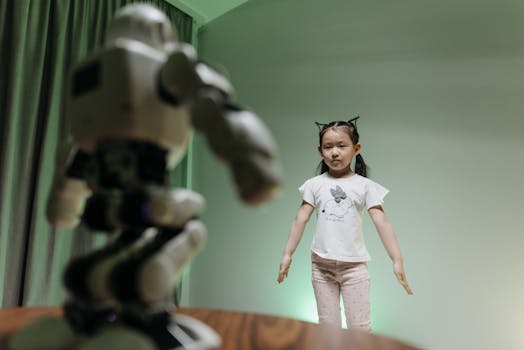
The Future of Education: What 2025 Holds for WordPress
The future of education is rapidly changing, and 2025 is expected to bring significant advancements in technology, personalization, and accessibility. With the increasing demand for online learning, educational institutions are leveraging WordPress to create interactive and engaging platforms for students. In this article, we’ll explore the trends and innovations that will shape the education sector in the next few years.
Section 1: Introduction to the Future of Education
The education sector has undergone significant transformations in recent years, driven by advances in technology, shifts in learner demographics, and evolving employer needs. As we approach 2025, it’s essential to examine the trends and innovations that will shape the future of education. Some of the key drivers of change include:
- Artificial intelligence and machine learning
- Virtual and augmented reality
- Blockchain and cryptography
- Personalized learning and adaptive assessments
- Competency-based progression and micro-credentials
These technologies and approaches will enable educators to create more effective, efficient, and engaging learning experiences for students. In the next section, we’ll delve deeper into the role of WordPress in the future of education.
Section 2: The Role of WordPress in the Future of Education
WordPress is an ideal platform for creating educational websites, learning management systems, and online courses. Its flexibility, customizability, and scalability make it an attractive choice for educators and institutions. With WordPress, educators can:
- Create interactive and engaging content
- Develop personalized learning pathways
- Build online communities and discussion forums
- Track student progress and assess learning outcomes
- Integrate with third-party tools and services
Some popular WordPress plugins and themes for education include:
- LearnDash
- LifterLMS
- WP Courseware
- Eduma
- Education Hub
In the next section, we’ll explore the future of education and the trends that will shape the sector in 2025.
Section 3: The Future of Education in 2025
As we approach 2025, the education sector will continue to evolve and adapt to changing technologies, societal needs, and learner expectations. Some of the key trends and innovations that will shape the future of education include:
- Increased focus on lifelong learning and professional development
- Growing emphasis on soft skills, emotional intelligence, and social-emotional learning
- More emphasis on personalized learning, adaptive assessments, and competency-based progression
- Expanding use of virtual and augmented reality, artificial intelligence, and machine learning
- Growing importance of data-driven decision making, learning analytics, and educational research
These trends and innovations will require educators, institutions, and policymakers to work together to create a more effective, efficient, and equitable education system. In the final section, we’ll summarize the key takeaways and implications for the future of education.
Section 4: Conclusion and Implications
The future of education is complex, multifaceted, and rapidly evolving. As we approach 2025, it’s essential to understand the trends, innovations, and drivers of change that will shape the sector. By leveraging WordPress, educators and institutions can create interactive, engaging, and personalized learning experiences that prepare students for success in an increasingly complex and interconnected world.
The key takeaways from this article include:
- The importance of technology, personalization, and accessibility in the future of education
- The role of WordPress in creating interactive and engaging learning experiences
- The need for educators, institutions, and policymakers to work together to create a more effective, efficient, and equitable education system
As we look to the future, it’s clear that education will continue to play a vital role in shaping individual and societal success. By embracing innovation, creativity, and collaboration, we can create a brighter, more equitable future for all learners.






